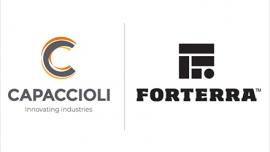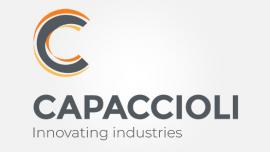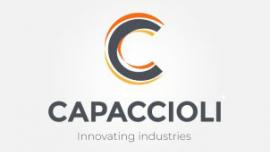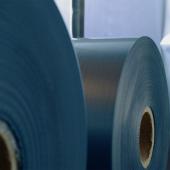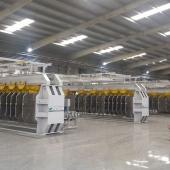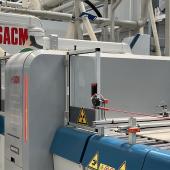Environmentally friendly electric kilns and dryers
The Capaccioli R&D department has developed new electric-powered drying and firing solutions that respect the environment and reduce consumption.

The targets set by the European Climate Law, the so-called European Green Deal, require all economic and industrial sectors to meet the challenge of decarbonisation by 2050. As key players in the ecological transition, companies are called upon to make their own contribution to achieving climate neutrality. Technological innovation will be a major factor in pursuing this roadmap to the future.
Capaccioli has long since introduced key concepts such as the circular economy and energy saving and has worked hard to innovate, as evidenced by the latest technological projects completed and those currently under development. The Tuscany-based company has recently been focusing on the design, development, industrial upscaling and commissioning of production systems capable of reducing material consumption, operating a closed-loop production cycle and at the same time cutting CO2 emissions by eliminating the combustion phase from production processes.
The latest project undertaken for Wienerberger involved installing a combustion-free dryer that runs entirely on electricity at the Austrian group’s Belgian site. This solution consists of a static cell brick dryer heated by electric heat generators and energy recovered from the kiln. The electricity used comes from alternative sources and is certified as carbon neutral.
An electric generator with sheathed heating elements is used to heat the process air. As the process air passes through these heating elements at a temperature of 300°C, it is heated to around 140°C and then fed into the drying chamber.
As well as reducing CO2, this system totally eliminated the NOx (nitrogen oxides) which are normally present in the flue gases produced by gas-fired air generators.
Another major project involved building pre-heating kilns for Trenitalia. These machines are essential for metal working and transformation processes and are likewise operated with electric heating elements that allow for a significant reduction in atmospheric CO2 emissions while at the same time reducing the material oxidation process.
These innovative features developed for specific products and projects will also be adopted on other solutions in the Capaccioli range.
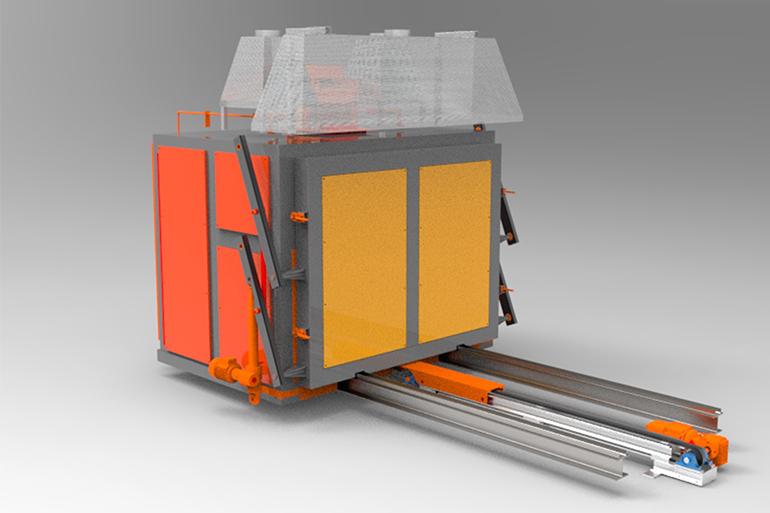
Did you find this article useful?
Join the CWW community to receive the most important news from the global ceramic industry every two weeks







